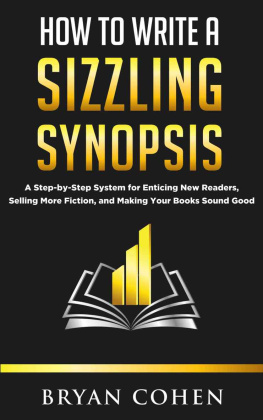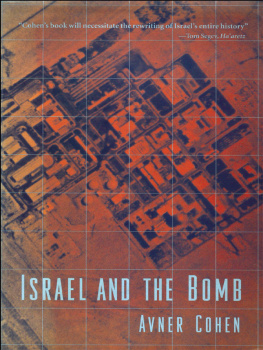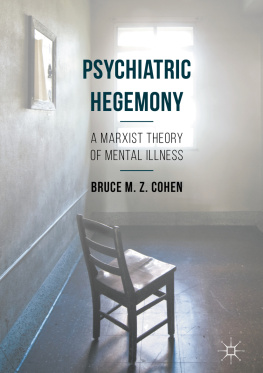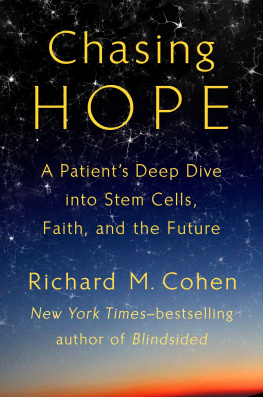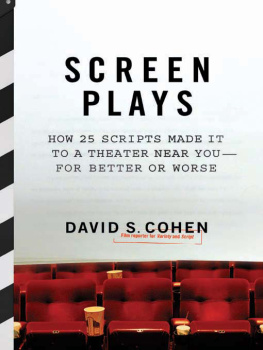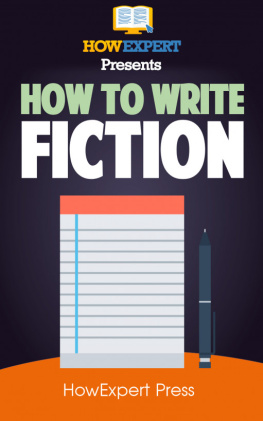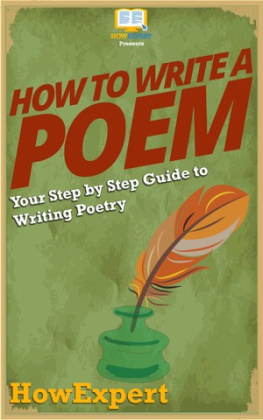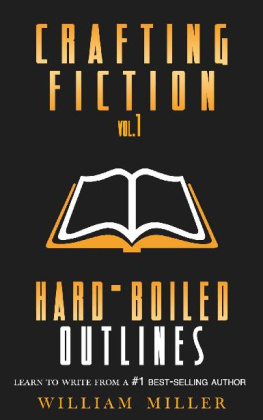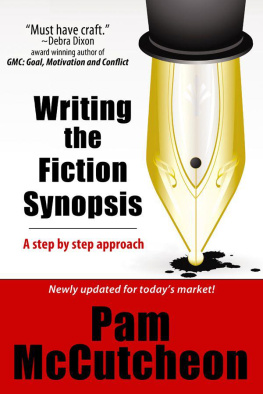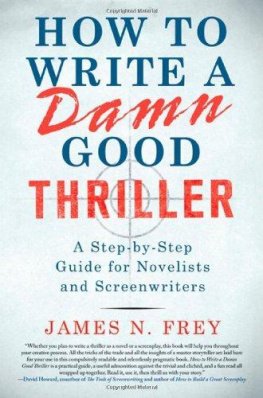Table of Contents
HOW TO WRITE A SIZZLING SYNOPSIS A STEP-BY-STEP SYSTEM FOR ENTICING NEW READERS, SELLING MORE FICTION, AND MAKING YOUR BOOKS SOUND GOOD BRYAN COHEN
CONTENTS
Special Offer
Want to learn everything there is to know about getting more readers to buy and love your books?
C lick here to get a free cheat sheet on book descriptions.
Youll also get a complimentary video course on writing emails that turn casual readers into devoted fans.
Thanks! And now, onto the book
Introduction
Have you ever wondered how a reader chooses to buy a certain book? Well, it's actually a pretty simple process. First, the reader takes a look at the cover. If the cover is exceptional, then the customer will look at the book reviews. Usually, if you have enough reviews and a high enough star rating, then the reader will dive into the selling tool you have the most control over. This is the exact moment your potential reader takes a look at your description.
Don't get me wrong, covers are incredible for getting attention. When youre trying to make headway in a new genre, making sure that your cover looks as good as, if not better than, the other covers in there, is extremely important. And when you have a high number of reviews, you keep the reader stuck to the page, as if hes saying, Looks good. What else you got?
But it's the synopsis that sells your book.
Mark Dawson, who is a bajillion-copy-selling thriller author, once surveyed over 10,000 of his readers to find out how they became his fans. His results were a little bit surprising. His survey asked readers whether they came in from looking at his covers, checking out his reviews, reading his descriptions, and so on.
What he found was that close to five times as many readers bought his books because of his descriptions as did the fans who snatched them because of the covers. Five times as many people read the description and said, This guy's for me. We tend to stress a lot about covers, and maybe even more about reviews, but we might be looking in the wrong place. When a reader is choosing between two books with the same number of reviews and the same general quality of book cover, it's actually the book description that makes the difference.
From personal experience, I can say that focusing on book descriptions changed my career in amazing, unforeseen ways.
Let me introduce myself. I'm Bryan Cohen and I get around. I started self-publishing back in the unwieldy toddler phase of the indie movement (circa 2010). I started out by publishing a series of nonfiction books filled with ideas to beat writer's block. In mid-2014, I began co-hosting the Sell More Books Show with Councilman Jim Shawty Kukral. With over 100 episodes under our belts, weve learned an incredible amount about the news of self-publishing, and countless tips from around the industry. Weve also built up a dedicated base of fans (hey, fans!). After starting the show, I went on to write five novels using the tips I picked up every single week, which allowed me to dance around several bestseller lists and accumulate over 400,000 downloads for the books across my catalog.
But none of that really matters here.
What's important about my specs is that starting around 2009, I began a productive career in copywriting. I wrote thousands of articles for a variety of blogs before I really hit my sweet spot as a ghostwriter for publications like Entrepreneur, Forbes, Inc., and Mashable. It was during these years that I put in a good chunk of my Malcolm Gladwell-esque 10,000 hours of copywriting expertise.
In mid-2015, Rocking Self Publishing co-host Simon Whistler advised me to take my copywriting to the next level. He said, Hey man, why are you doing this copywriting stuff when your true passion is helping authors? You should do copywriting for authors. Simon Whistler is a smart guy.
During the next calendar year, I wrote over 300 book descriptions for other authors. It's been a wild ride across every possible genre, from active Western romance to spiritual nonfiction books. By spending all of this time copywriting for other authors, I've really learned where most writers struggle in this business. When it comes down to it, they hate writing blurbs*.
* For the purposes of this book, Ill use the terms blurb, description, and product summary interchangeably. Purists may point out that some of these terms are incorrect, but when it comes down to it, authors just use all these terms in a jumble anyway. Words are hard sometimes!
There are three main reasons authors have trouble crafting a compelling description for their books.
They are as follows:
1. Authors absolutely hate writing them.
For some reason, the whole process feels completely wrong. Theyve been spending so much time thinking about their word count and their deadlines that they can't even fathom why it would take 10 hours to churn out a 200-word description. Therefore, they hate it.
2. The description they write is too long, wordy, and rambling.
What most authors don't realize is that when a synopsis meanders, readers assume the book is a wandering mess. And when the book description is confusing, they assume the plot of the book is confusing as well.
3. They write descriptions that are all about the plot, and nothing but the plot.
Unless youre writing about an expertly crafted whodunit, it's very rare to hear the biggest fans of a novel rave about the plot. Youre much more likely to hear about the emotions readers felt, and the characters they identified with. When authors focus too much on the plot, readers may imagine that the book is missing the things they enjoy so much about the novels they love: identifiable characters and emotional connection.
If youve ever checked out any of my videos or handouts on book descriptions, you know that I like to use a four-part system for my descriptions. The synopsis is one part of that system. But I'm not here to tell you that my way is the best or the only method for writing these product summaries. Since the synopsis is issue #1 for most writers, this book is solely dedicated to getting the synopsis right.
It's very possible that you might throw a bit of a hissy fit because you have to read an entire book about writing a 200-word summary for your novel or novella. You might be saying, How much can there be to say? You just write the damn thing and then people buy your book. Well, if it was that easy, then we'd all be doing it. Trust me when I say I've seen a very large sample size of book descriptions in both traditional and self-publishing. From that anecdotal research, I've determined that most book descriptions suck. One of my purposes in life is to teach authors better ways of doing things so they stop sucking I mean, causing themselves hardships on the marketing side of things.
Summarizing your book in such a way that it sells more copies isn't complicated science or some art form that only geniuses possess. Writing a synopsis is part of a system that has rules, and following those rules can lead to better results.
I hope that this book opens your eyes to what's possible when you write a better synopsis that actually makes your book sound good (roll credits). Thank you so much for picking up this book. Please enjoy it responsibly.
Sincerely,
Bryan
Chapter 1
The Synopsis Mindset
Without fail, whenever I poke around on the Internet looking for information on writing book descriptions, there is a certain meme I find myself always coming across. In this viral sensation, theres a captioned picture of Gollum from Lord of the Rings. The caption on the picture reads as follows: We know we must writes the blurb, but we hates it!
So why do we all feel like Gollum? For the less fantasy-minded among us, heres another way to phrase that question: Why is writing the description so freakin hard?

